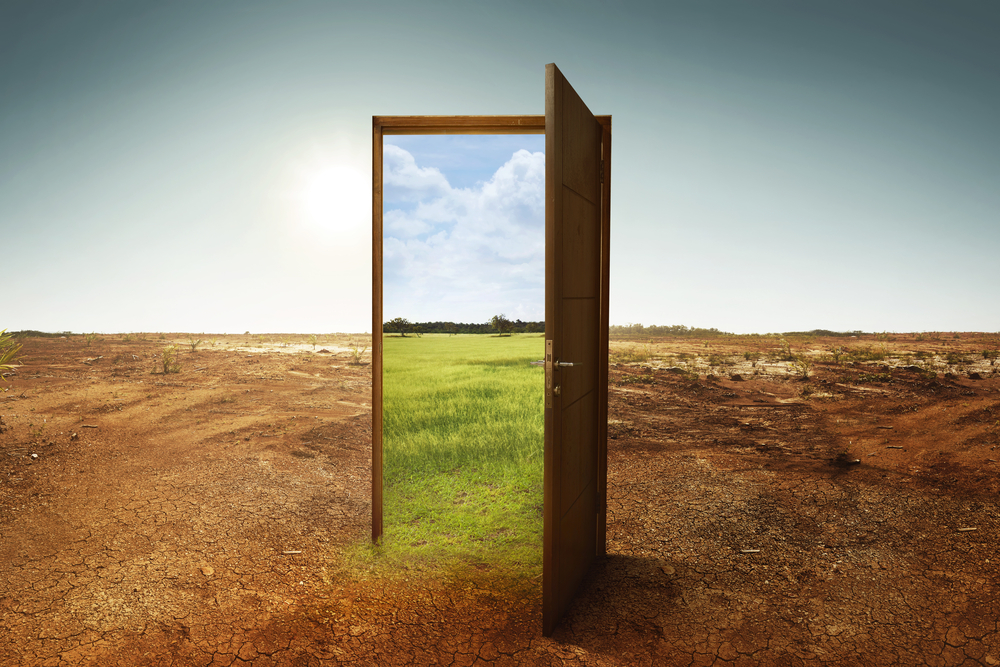Climate Change will have Devastating Effects on Hawaii
A startling new federal report released Friday solidifies previous research that climate change will have devastating effects in Hawaii but warns there is even less time than previously thought to prepare for the effects.
A warming earth is exacerbating sea level rise and putting coastal communities at risk, reducing water supply and increasing water demand, and threatening the state’s native species and marine ecosystems, the report concludes.
According to the report put together by numerous federal agencies, sea levels could rise by 1 foot by 2050 and by as much as 4 feet by 2100. But now, under the extreme sea level rise scenario, more than 8 feet by 2100 is physically possible.
Also in a worst-case scenario: Sea level rise of up to 3.2 is possible as early as 2060.
That means by 2060, 38 miles of major roads would be chronically flooded, nearly 550 Hawaiian cultural sites flooded, and more than 6,500 structures and 25,800 acres of land near the shoreline would be unusable or lost, displacing roughly 20,000 residents.
It would also result in an economic loss of more than $19 billion, the report specifies.
The report also dives into how warmer temperatures could lead to “severe negative impacts” on the range of Hawaiian forest birds as avian malaria becomes more widespread due to climate change, as well as how coral bleaching could affect the longterm health of marine life.
In Hawaii, temperature has risen by 0.76 degrees F over the past century (and 2015 and 2016 were the warmest years on record).

